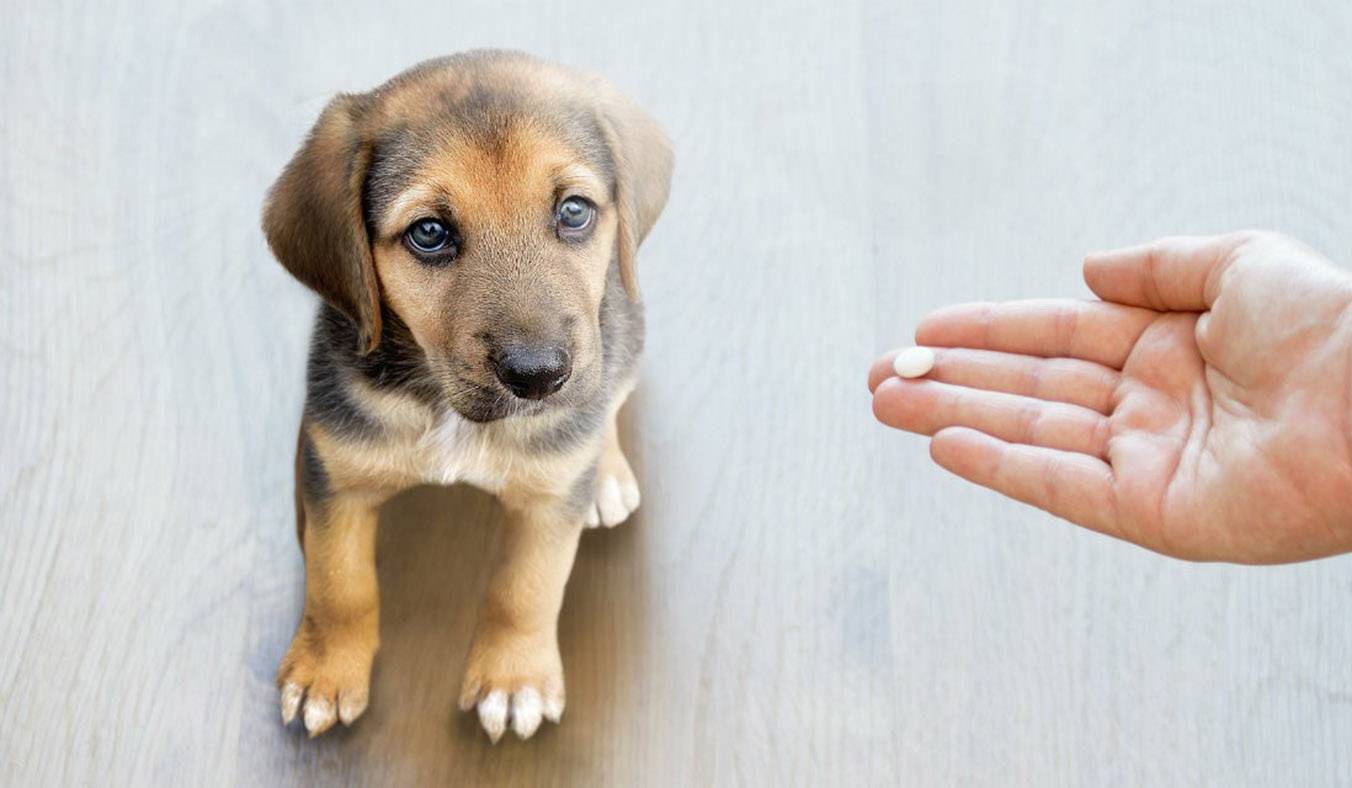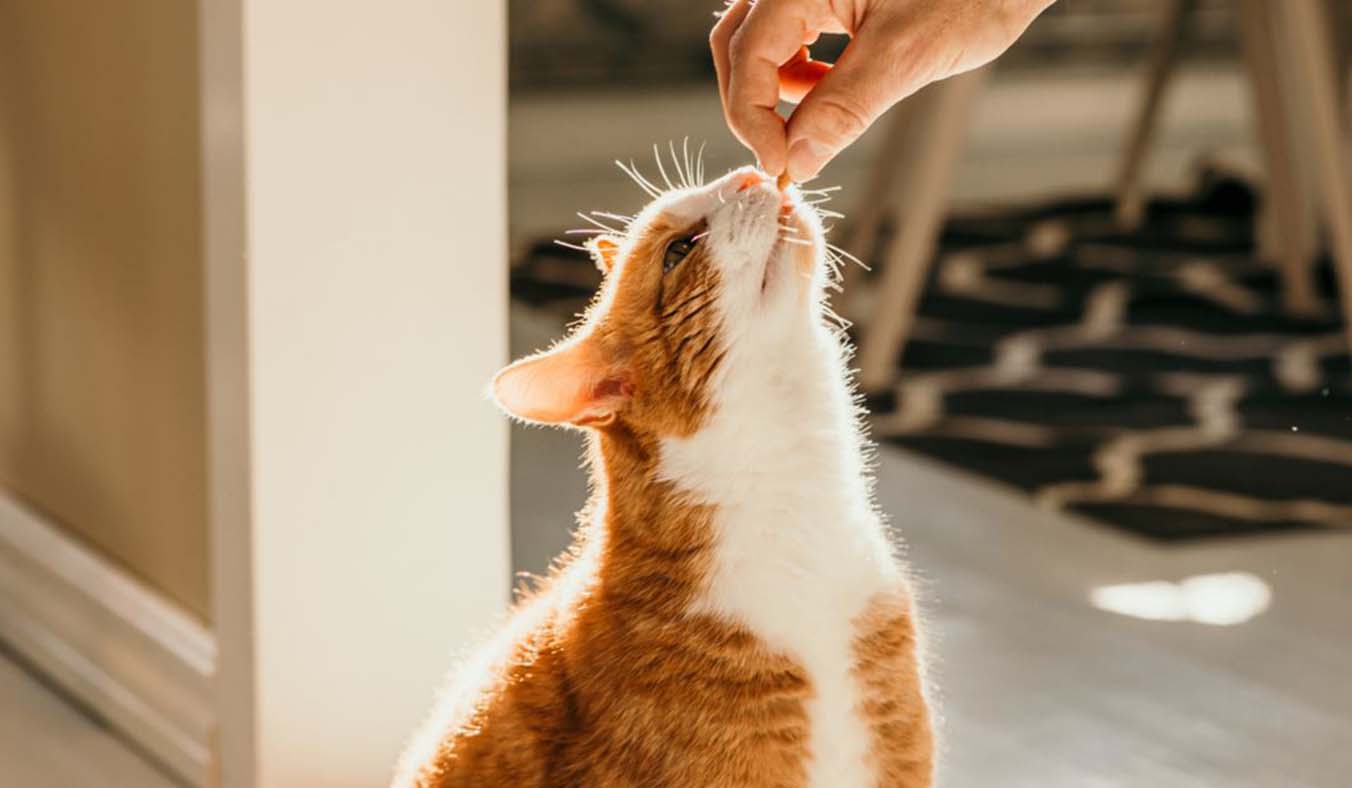Fleas can be a pesky problem for both dogs and their owners. These tiny parasites not only cause discomfort for your furry friend but can also infest your home if not addressed promptly. We’ll discuss the risks of fleas on dogs, how to detect fleas on your dog, methods for preventing flea infestations, and tips for eliminating fleas from your home.
The Perils Fleas Pose to Your Dog’s Health
Fleas, those pesky bloodsuckers, are not merely a bothersome annoyance; they present a myriad of serious health hazards to your cherished canine companion. These minuscule yet relentless parasites can unleash a cascade of detrimental effects on your dog’s well-being.
To begin with, fleas are notorious for triggering allergic reactions in sensitive dogs. When a flea sinks its proverbial fangs into your pup’s skin, it injects saliva laden with irritating proteins. For some dogs, this foreign substance can incite an intense immune response, resulting in allergic dermatitis. The consequences? Persistent itching, inflamed skin, and discomfort that can escalate into a cycle of incessant scratching and biting.
But the perils don’t end there. Fleas, serving as unwitting vectors, can ferry a host of diseases and parasites into your dog’s system. Among these insidious invaders is the tapeworm. Through the ingestion of fleas during grooming or the consumption of infected prey, dogs can fall victim to these intestinal parasites. Once established, tapeworms can wreak havoc on your dog’s gastrointestinal tract, leading to malnutrition, weight loss, and general malaise.
Then there’s Bartonella, colloquially known as cat scratch fever, which ironically can afflict dogs too. Transmitted by flea bites, this bacterial menace can induce a spectrum of symptoms in infected canines, ranging from fever and lethargy to swollen lymph nodes. Left unchecked, Bartonella can spiral into a serious health concern, necessitating veterinary intervention and treatment.
But it’s not just the direct consequences of flea infestations that pose a threat. The relentless itching and scratching that accompany flea bites can inflict secondary damage on your dog’s delicate skin. Persistent trauma from scratching can lead to hair loss, inflamed hot spots, and painful skin lesions, creating a fertile breeding ground for bacterial infections and exacerbating your dog’s discomfort.
Moreover, the psychological toll of flea infestations should not be underestimated. The incessant itching and discomfort can leave your dog feeling irritable, anxious, and out of sorts, sapping the joy from their daily activities and diminishing their overall quality of life.
Fleas are not to be taken lightly. From triggering allergic reactions and transmitting diseases to inflicting secondary skin infections and wreaking havoc on your dog’s mental well-being, these tiny terrors pose a significant threat to your furry friend’s health and happiness. Therefore, it’s imperative to take proactive measures to prevent flea infestations and promptly address any signs of flea activity to safeguard your dog’s well-being.
How to Detect Fleas on Your Dog: Unveiling the Telltale Signs

Detecting the presence of fleas on your beloved canine companion requires keen observation and a meticulous eye for detail. Here’s a comprehensive guide to help you uncover the subtle clues that may signal a flea infestation:
- Thorough Fur Examination: Commence your inspection by carefully parting your dog’s fur and scrutinizing their skin, paying particular attention to areas where fleas are prone to lurk. These hotspots typically include the neck, ears, and the base of the tail, where fleas prefer to take up residence.
- Spotting Flea Dirt: Keep a lookout for tiny specks resembling black pepper scattered amidst your dog’s fur. These minuscule granules, commonly known as flea dirt, are not just innocent debris; they are the telltale excrement of fleas. Flea dirt consists of digested blood, serving as incontrovertible evidence of a flea infestation.
- Evidence of Flea Bites: Flea bites often leave behind distinctive marks on your dog’s skin. Look for signs of redness, irritation, or small raised bumps, indicative of recent flea feeding activity. These telltale signs may be particularly prominent around the groin, armpits, and inner thighs, where fleas tend to congregate.
- Behavioral Cues: Pay close attention to your dog’s behavior. Excessive scratching, biting, or licking, especially in localized areas, may be indicative of flea-related discomfort. Additionally, if your dog appears restless or agitated, constantly shifting position or shaking their head, it could signal the presence of fleas.
- Flea Comb Test: Employ a fine-toothed flea comb to comb through your dog’s fur systematically. As you comb, closely inspect the comb’s teeth for any signs of live fleas, flea dirt, or flea eggs. This method can be particularly effective in detecting fleas and assessing the severity of the infestation.
- Check for Flea Eggs and Flea Larvae: While adult fleas are the most visible culprits, don’t overlook the presence of flea eggs and larvae. Flea eggs are minuscule, white ovals, while flea larvae resemble tiny, pale worms. Check your dog’s bedding, carpets, and other favorite resting spots for these elusive indicators of a burgeoning flea population.
By diligently employing these methods of detection, you can promptly identify and address flea infestations, safeguarding your dog’s health and comfort. Remember, early detection is key to preventing flea-related complications and ensuring your canine companion remains flea-free and content.
How to Prevent Flea Infestations: Shielding Your Dog from Flea Menace
Preventing flea infestations is not merely a matter of convenience; it’s a crucial aspect of safeguarding your dog’s health and well-being. Here are proactive measures you can take to keep those bloodthirsty fleas at bay:
- Regular Grooming Regimen: Embrace a routine grooming schedule as your first line of defense against fleas. Regular brushing not only helps to maintain your dog’s coat in pristine condition but also provides an opportunity for thorough inspection. Take this time to meticulously comb through your dog’s fur, keeping a keen eye out for any signs of fleas or flea dirt. Early detection is key to nipping flea infestations in the bud.
- Embrace Flea Preventatives: Consult your trusted veterinarian to devise a comprehensive flea prevention plan tailored to your dog’s individual needs. Explore a range of preventative options, including topical treatments, oral medications, and flea collars. These specialized products are formulated to repel fleas and disrupt their life cycle, effectively thwarting infestations before they take hold.
- Maintain Pristine Indoor Environments: Wage war on fleas within the confines of your home by upholding impeccable cleanliness standards. Implement a rigorous vacuuming regimen, focusing on areas frequented by your furry friend, such as bedding, carpets, and upholstered furniture. Pay particular attention to crevices and nooks where fleas and their eggs may lurk undetected. Regularly launder your dog’s bedding in hot water to obliterate any lingering fleas and their offspring.
- Fortify Your Outdoor Defenses: Don’t overlook the potential flea reservoirs lurking in your outdoor spaces. Keep your yard pristine by promptly removing debris, leaf piles, and overgrown vegetation, which serve as ideal hiding spots for fleas. Regularly mow the lawn to minimize flea habitats and create an inhospitable environment for these pesky parasites. Consider employing specialized flea control products designed for outdoor use to fortify your defenses and create a flea-free oasis for your dog to frolic in.
By incorporating these proactive strategies into your preventive arsenal, you can effectively shield your beloved canine companion from the scourge of flea infestations. Remember, vigilance and consistency are paramount in the ongoing battle against fleas, ensuring your dog remains happy, healthy, and flea-free for years to come.
How to Eliminate Fleas from Your Home: A Comprehensive Guide to Banishing the Pests

When fleas infiltrate your home, swift and decisive action is paramount to reclaiming your living space from these relentless pests. Here’s a step-by-step plan to effectively eliminate fleas from your home:
- Prioritize Your Pup: Commence your flea-fighting mission by prioritizing your furry friend. Treat your dog with a veterinarian-recommended flea treatment to swiftly eradicate these unwelcome guests. Follow the product instructions meticulously, ensuring thorough coverage to target both adult fleas and their resilient eggs.
- Launch a Full-Scale Cleaning Operation: Mobilize your cleaning arsenal and embark on a thorough cleansing crusade throughout your home. Arm yourself with a powerful vacuum cleaner equipped with attachments for tackling every nook and cranny. Focus your efforts on areas frequented by your dog, including carpets, rugs, upholstery, and pet bedding. Vacuum these surfaces meticulously, paying close attention to crevices and baseboards where fleas and their eggs may lie concealed. Upon completion, promptly dispose of the vacuum bag or empty the canister outdoors to prevent any captured fleas from staging a comeback.
- Launder with Vigor: Wage war on fleas lurking in your dog’s bedding and linens by subjecting them to a thorough laundering regimen. Strip the bedding, blankets, and any washable items your dog frequents and launder them in hot water. The heat will effectively obliterate fleas and their eggs, ensuring no survivors remain to perpetuate the infestation. For added assurance, tumble dry these items on the highest heat setting to deliver the coup de grâce to any lingering fleas.
- Deploy Flea Control Products: Equip yourself with specialized flea control products to fortify your home’s defenses against these resilient pests. Explore an array of options, including flea sprays, powders, and foggers, designed to target fleas at various stages of their life cycle. Prioritize products formulated with ingredients proven to be effective yet safe for use around pets and family members. Follow the manufacturer’s instructions diligently, taking necessary precautions to safeguard the health and well-being of all inhabitants.
By implementing these comprehensive strategies, you can effectively purge your home of fleas and reclaim your living space from their clutches. Remember, persistence and thoroughness are key in the battle against fleas, ensuring a swift and decisive victory in the war against these persistent pests.



